Curious photos from the past of Great Britain (21 photos)
A new selection of colorized photographs from Foggy Albion - before you are living moments of British history of the 20th century. In this collection only the most unusual and memorable shots. All photographs, as always, are colorized. 
Tea party. England, 1970-80s. 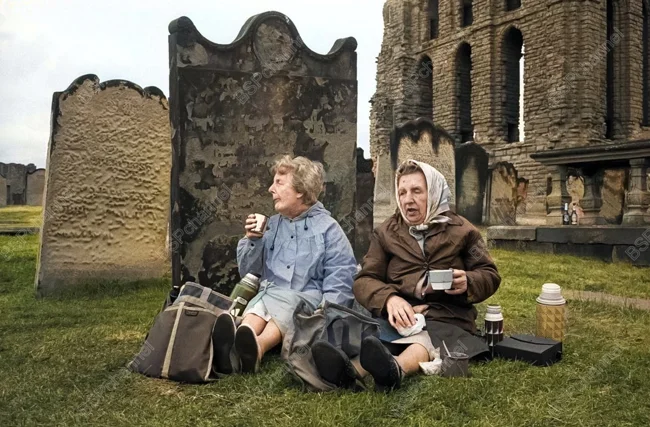
Photographer: Bob Watkins
A wild pony and tourists. Black Mountains, Wales, UK, 1974. 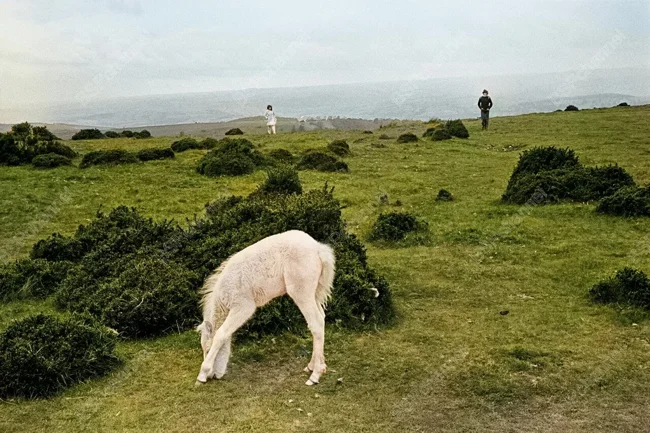
Photographer: David Hearn
A swan named Leila in a car. UK, 1936. 
Swans in England are not just beautiful birds, but an important part of history, culture and even legislation. That is why they can often be seen in photographs of the 20th century, and even now. Since the 12th century, all swans on open waters in England have been considered the property of the monarch. This tradition dates back to the Middle Ages, when swans were served at royal feasts. Today, the Crown retains symbolic rights to them, and the annual "Swan Census" is a colorful ritual during which the birds are marked and checked. The swan is elegant, graceful and faithful (they form pairs for life), which made it a symbol of royal power, love and devotion. It is often found in British heraldry, literature and art. Swans are especially protected by law. For example, killing or harming them in the past could lead to severe penalties. Even today, harming swans or destroying their nests is punishable by fines. These birds have lived on the Thames and other rivers for centuries, becoming an integral part of the landscape. They have been romanticized by poets and artists, and their image is associated with peace and harmony in nature.
Sleigh rides on Hampstead Heath. London, 1938. 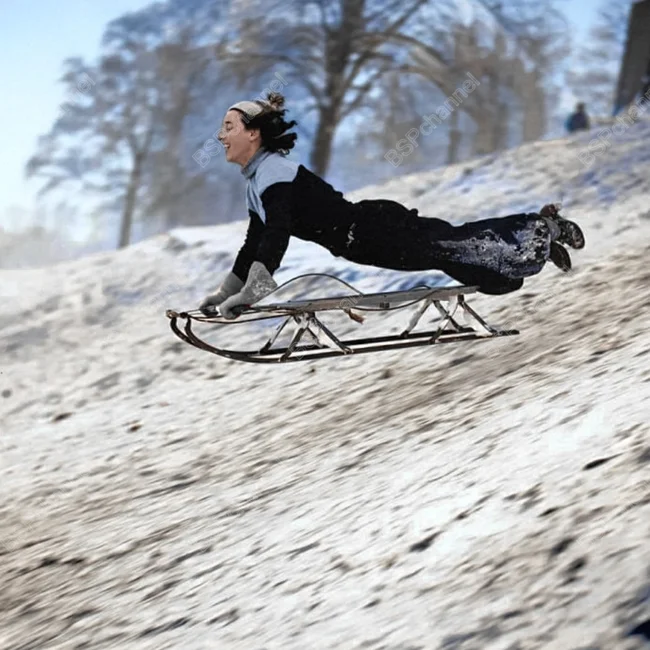
Photographer: Frederick Roper
A large sharpening machine. England, 1913. 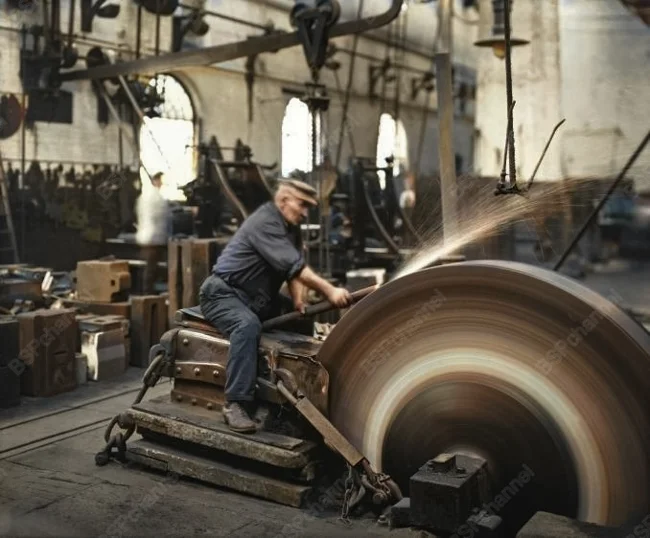
A stuntman takes off in a special plane at Alexandra Palace in London, 1930. 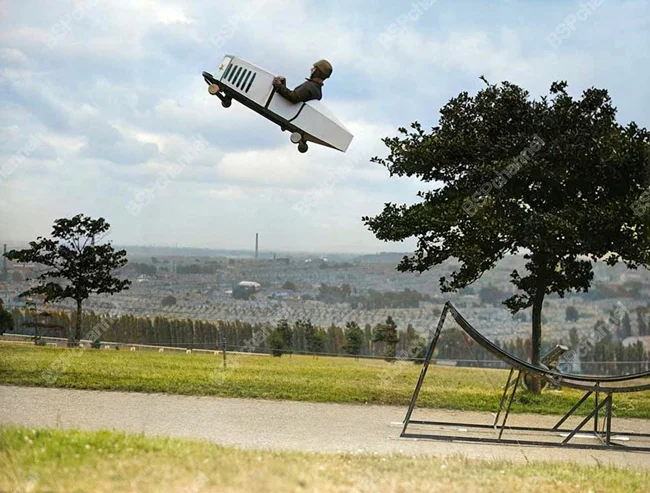
Alexandra Palace, known to Londoners as "Ally Pelley", was built in 1873 in the northern London suburbs. It is named after the marriage of the Prince of Wales and Princess Alexandra of Denmark, the future Queen. From the very beginning, it was conceived as a "people's palace" - a place of rest and culture for ordinary citizens. There were to be concert halls, museums, galleries, a theater and even a library. However, soon after the opening, just 16 days later, the building burned to the ground, three people died, and the porcelain collection was destroyed. But the idea was not abandoned - the palace was restored in 1875. In 1935, the BBC rented part of the premises on its territory for television broadcasting - this is where the development of British TV began. The television tower designed by Marconi became a symbol of a new era.
A woman puts a mask on her dog during the "Great Smog". London, 1952. 
Fog and Great Britain are inseparable concepts. The image of "Foggy Albion" has long been part of the cultural image of the country. However, in December 1952, London experienced not an ordinary fog, but a real environmental disaster, which went down in history as the Great London Smog. Winter came early: frosts hit in November, snowfalls began. People heated their houses intensively, using cheap coal with a high sulfur content - due to the post-war shortage of high-quality fuel. Industry was actively recovering after the war, factories, power plants, factories worked, poisoning the air with smoke. At the same time, the number of diesel buses increased, replacing outdated trams. All of this created a deadly mixture - a thick layer of toxic smog that froze over the city. It enveloped the streets for days, causing thousands of deaths and a massive deterioration in the health of the city's residents. The environmental movement was just beginning, and few expected such a catastrophe. But the disaster became a turning point, pushing the country to address the problem of air pollution - and eventually to the adoption of the Clean Air Act of 1956. The London smog of 1952 reminded us that even a familiar phenomenon, such as fog, can become a terrible ordeal if a person forgets about the consequences of their actions.
The Spanish Flu Epidemic. England, 1919. 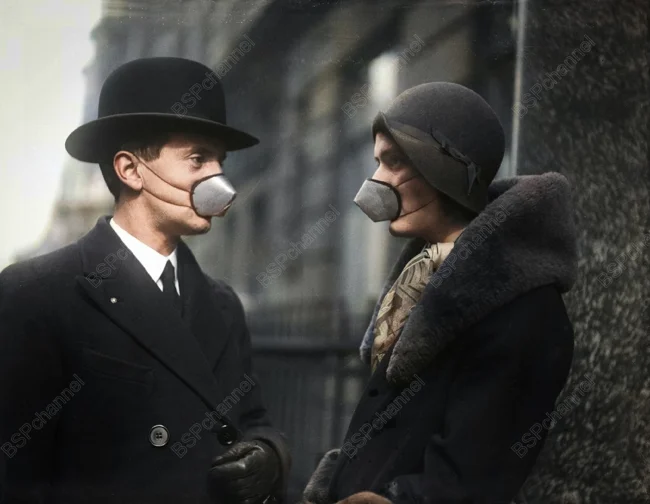
Children's toy department at one of the vast Christmas markets. England, 1911. 
Girls in Blackpool, 1951. 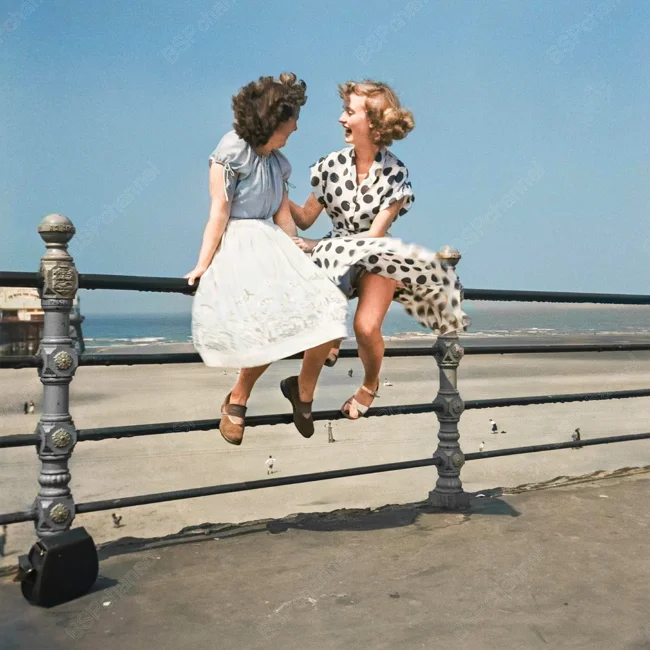
Photographer: Bert Hardy
Communists armed with truncheons fight police during an anti-unemployment demonstration. London, 1930. 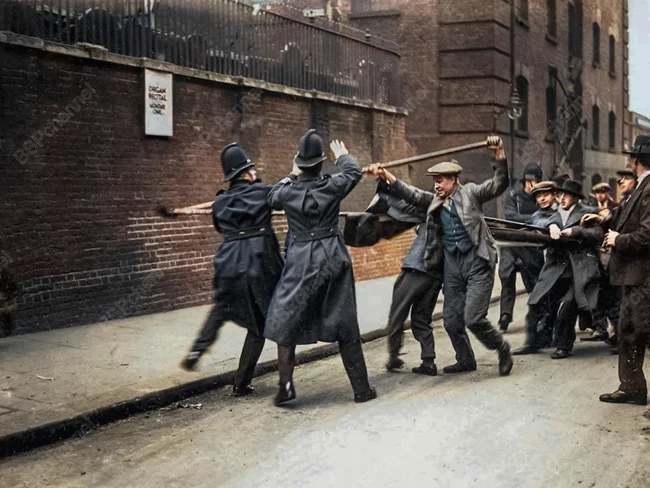
The Communist Party of Great Britain (CPGB) was created in 1920 as a result of the merger of several small Marxist organizations. Its appearance was a response to the growing interest in the idea of a socialist reorganization of society, inspired by the October Revolution. Of particular importance for the party was the general strike of 1926, when the country's workers protested against the deterioration of working conditions. The communists actively supported the strikers, for which their leaders were accused of conspiracy and calls for rebellion, and some were even imprisoned. However, the repressions did not weaken the movement - on the contrary, the CPGB received a new influx of members. Particularly large numbers of new party members came from the working-class areas of Glasgow, East London and Wales, where the influence of communist ideas was particularly strong. Some of these places, such as one area of Wales, became known as “Little Moscow” – a symbol of resistance to capitalism and a stronghold of the labour movement. The Communist Party of Great Britain actively participated in organizing rallies and demonstrations, advocating for workers’ rights, the fight against fascism and social equality. However, not all actions were peaceful – some ended in clashes and violence. One of the most famous events was the confrontation in 1936 in London between communists and members of the British Union of Fascists – supporters of Oswald Mosley, known as Blackshirts. This clash went down in history as the Battle of Cable Street. A fascist column attempted to march through working-class areas populated by Jews, which caused a mass protest. Thousands of people – workers, Jewish communities, anti-fascist citizens – took to the streets to block the march. The Communists played a key role in organizing the resistance. As a result, the police were forced to call off the march, and the fascists were forced to roll up the column. This victory became an important symbol of the fight against racism and extremism, demonstrating the power of united resistance.
Children at home in the Gorbals slum area of Glasgow, 1948. 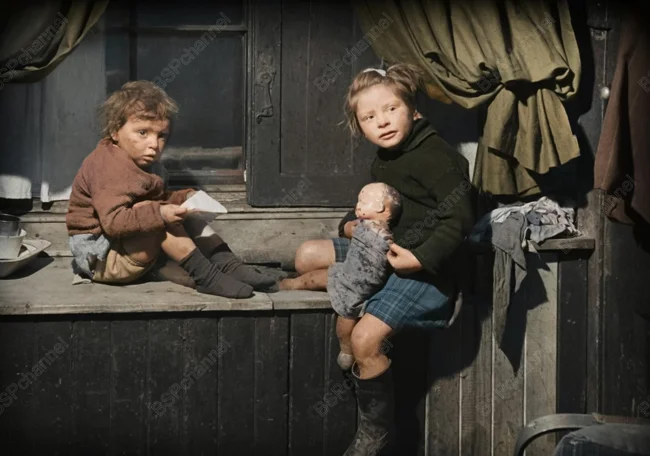
Photographer: Bert Hardy
Gardeners trim the world's tallest yew hedge, planted in 1720 by the first Earl Bathurst. England, 1962. 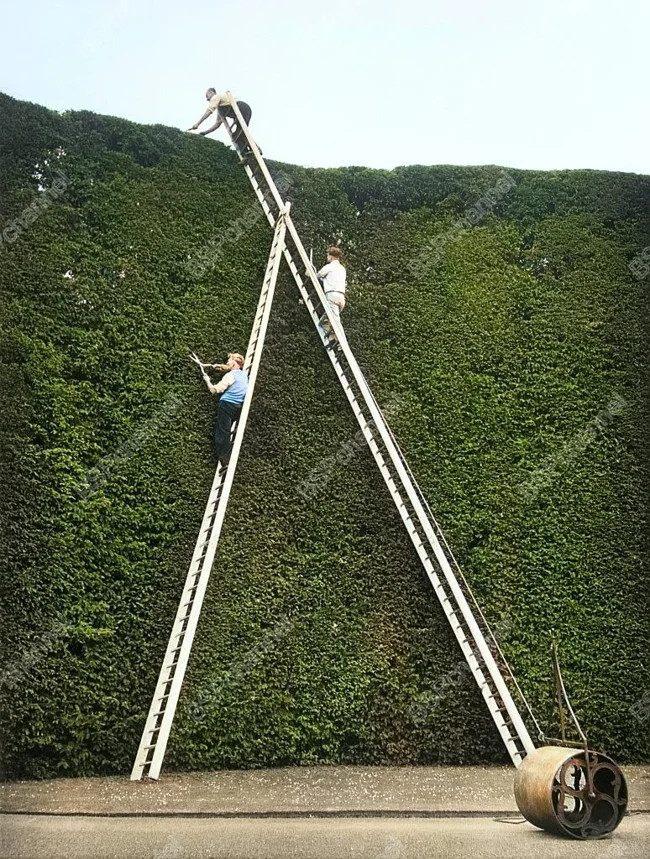
Planted about 300 years ago, the hedge reached a height of 50 feet (about 15.2 meters).
A collection of swimwear on display in London, 1936. 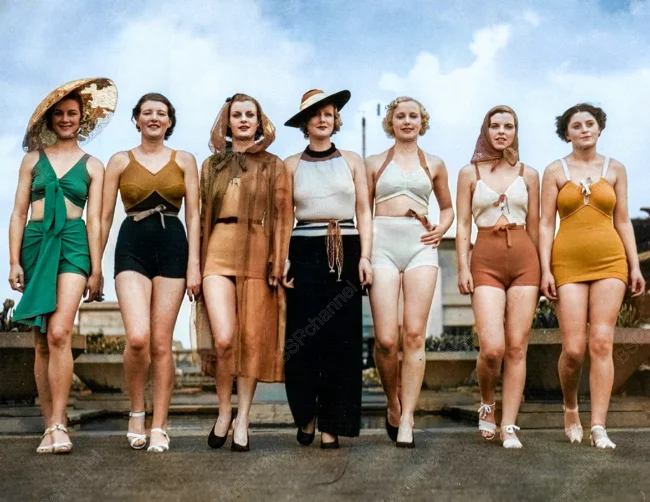
Photographer: David Saville
In those years, swimwear became a real challenge to tradition and a symbol of changes in fashion and morals. They revealed much more of the female body than before, when modest bathing suits made of thick wool or cotton reigned supreme. In the 1930s, women were increasingly bold in going to the beach in tight-fitting suits that emphasized their forms. This was not just a change in style, but also an expression of a new attitude to freedom, to the body, to oneself.
A sip of water. London, 1949. 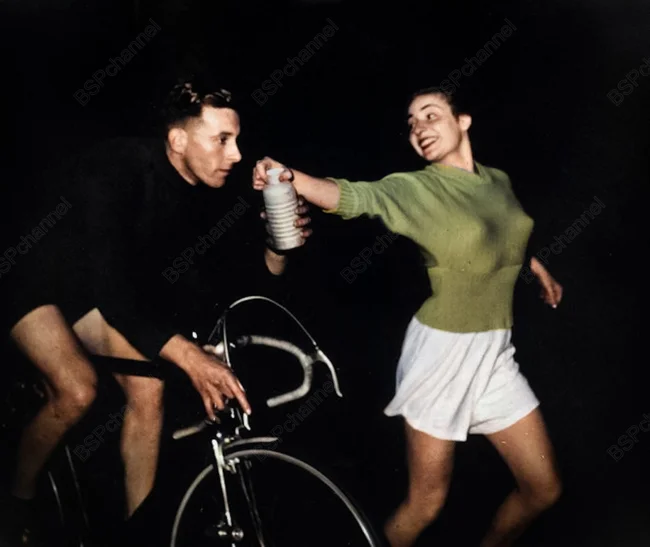
Photographer: Bert Hardy
British cyclist Ken Joy sets a speed record. Britain's top cyclist 1949-52
Women play cards among the barrels they will soon fill with fish during the herring harvest in Yarmouth, England, 1933. 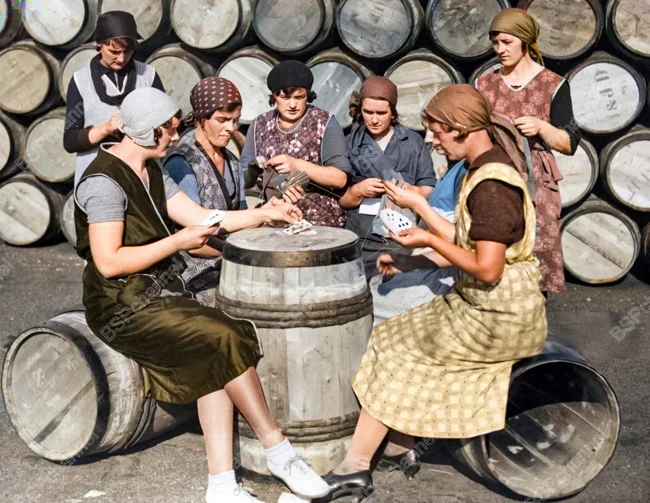
London's first black police officer, 1968. 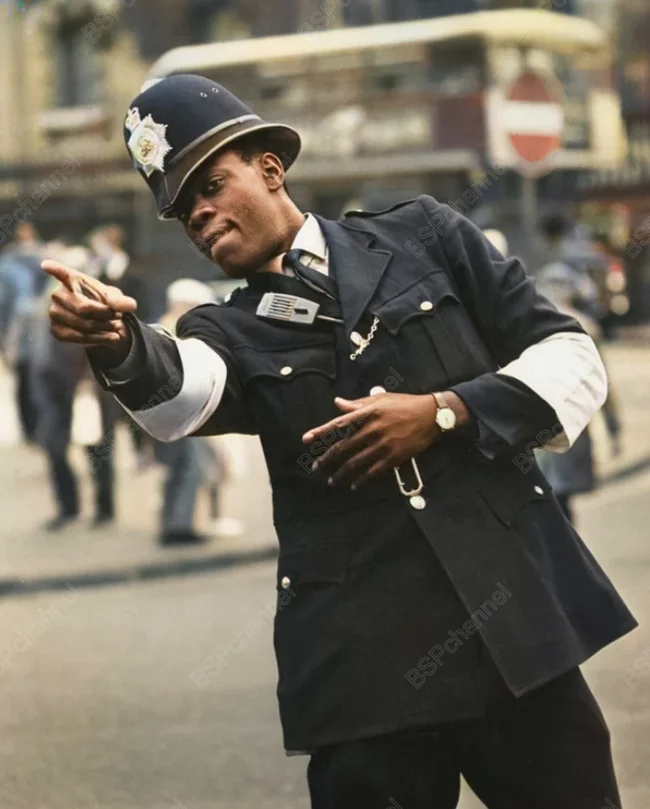
In 1965, during his lunch break, 17-year-old Norwell Roberts was leafing through the Daily Mirror when his eye fell on an advert from the Metropolitan Police: "London Needs More Policemen." His grandfather had served in the police force in Anguilla, the British overseas colony in the Caribbean where Norwell was born. He took the plunge and applied, but was rejected. However, two years later, in 1967, the Home Office invited him back for another selection. At the interview, he was asked a tough question: "What would you do if you were walking through Camden Town and some Irishman called you a black bastard?" Roberts calmly replied, "I expected it. A police officer has to be prepared to take abuse." Norvell Roberts served in the police force for 30 years, rising to the rank of detective sergeant.
Girls examine a model of rayon stockings called 731, specially designed for servicemen, at a fashion show at Kennards in Croydon, England, 1943. 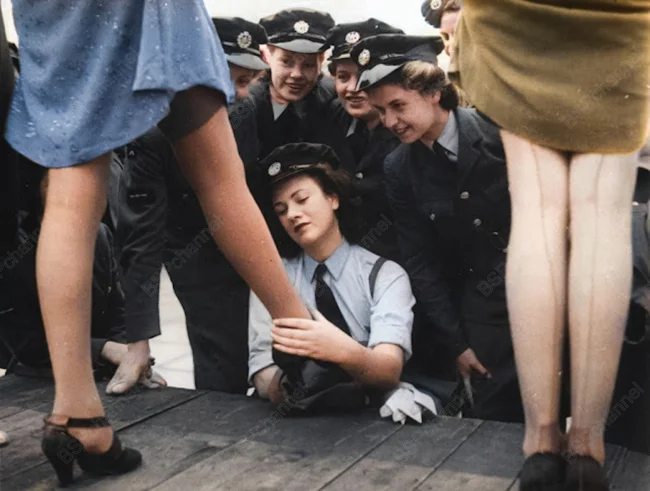
Photographer: Arthur Tanner
Cleaning a dinosaur statue in London, 1927. 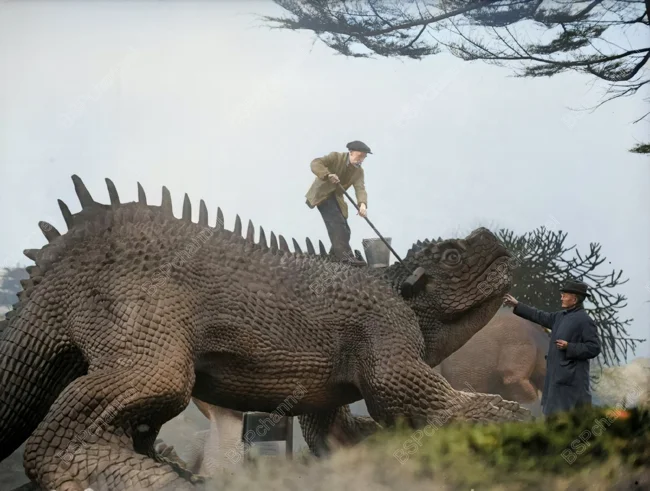
A girl reading Sex and the Christian, Oxford University Park, 1960s. 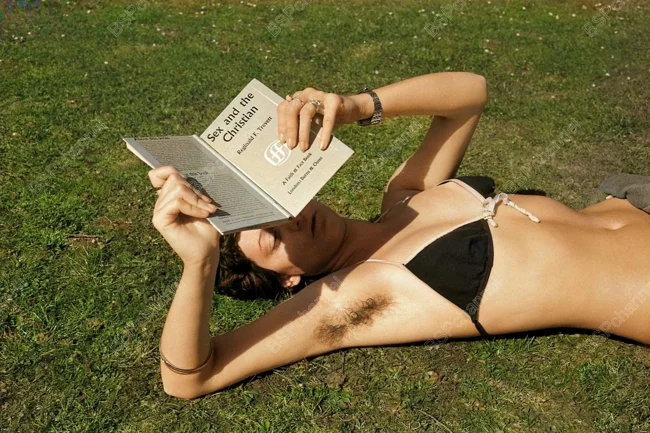
Photographer: Paddy Summerfield






















